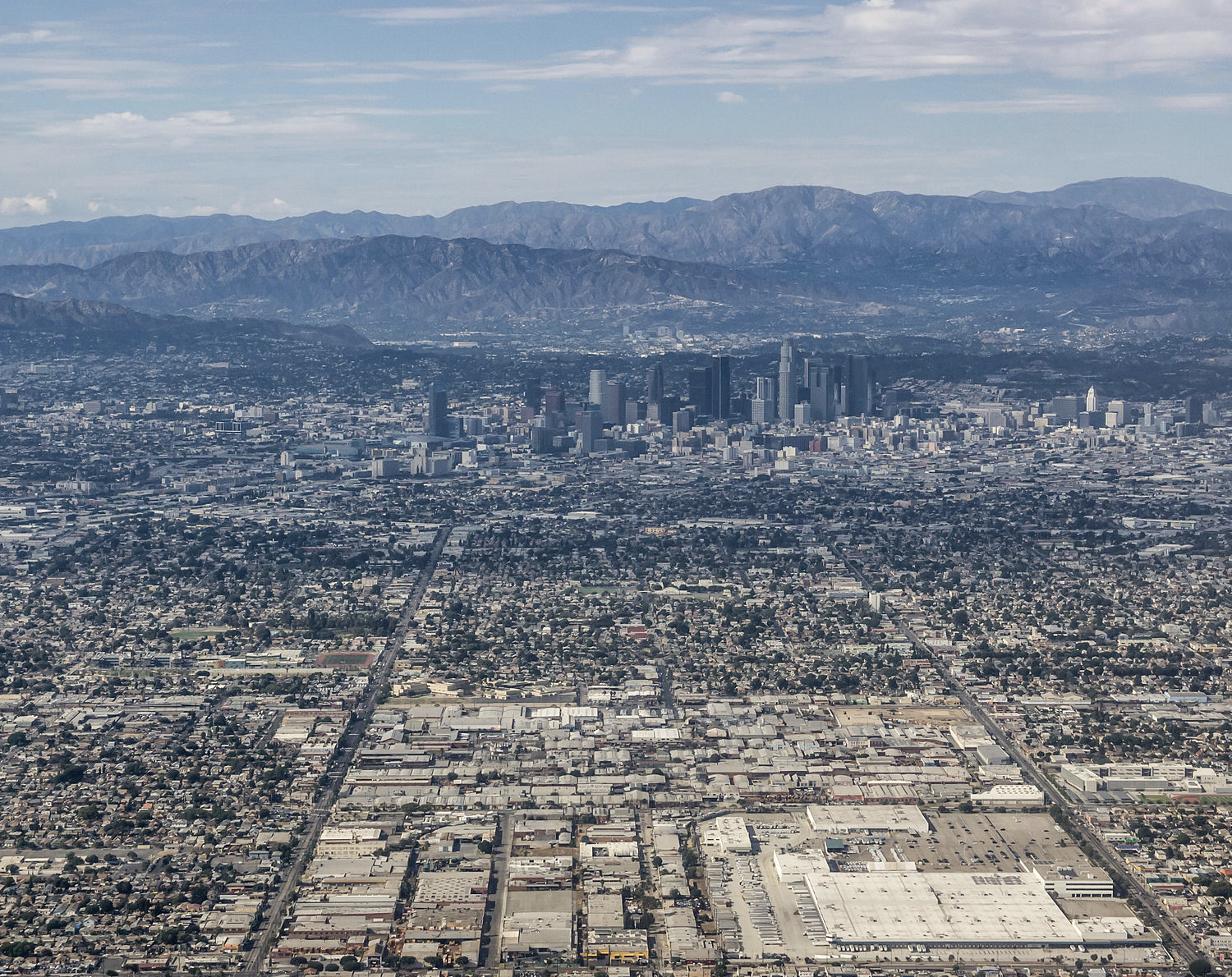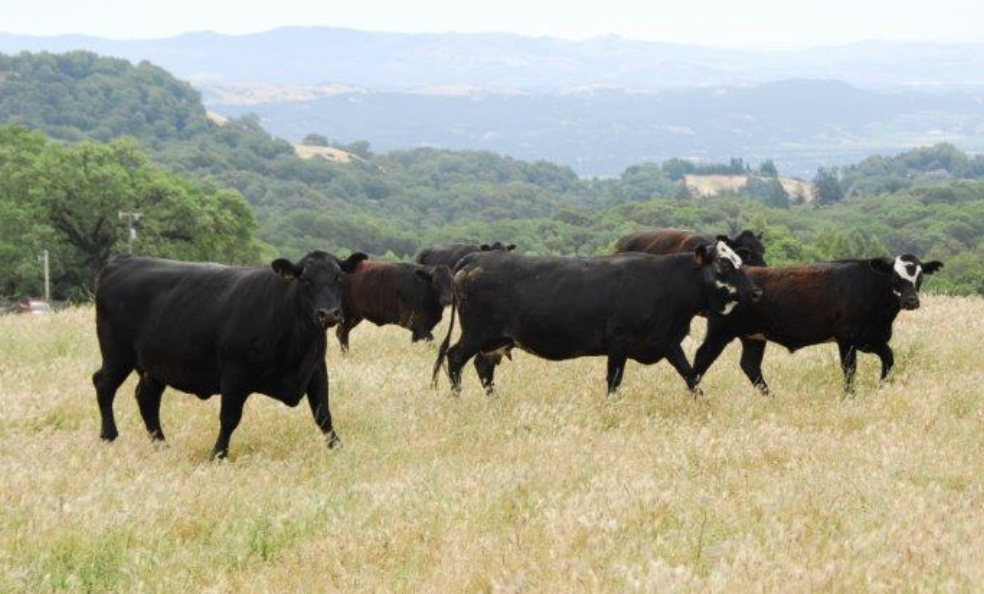We are Invisible and Voiceless
Every county in California has urbanized unincorporated areas. Sure, some of them are tiny, far-flung settlements in rural areas - maybe a gas station/convenience store/burger joint or two and some nearby houses such as you might see along I-5 in the San Joaquin Valley. Others might be second home communities with populations that fluctuate wildly from weekday to weekend or during holidays. And a few are military bases, with pretty good municipal services from the federal government. You can also make a good case that some of our smallest counties have no need for cities because their entire county population is less than that of a few city blocks in San Diego, the LA Basin or the Bay Area.

In reality, though, by far the largest portion of California's 5,000,000 urbanized unincorporated citizens live in places that your eyeballs would convince you are cities. Consider the SF Bay side of Alameda County. From Berkeley down the Nimitz to the Santa Clara County line at Milpitas it's wall-to-wall cities. Except it's not. Most people don't realize that a big chunk of that urban mass is unincorporated: San Lorenzo, Ashland, Cherryland, Castro Valley, Hayward Acres and Fairview are unincorporated areas run by the Board of Supervisors up in Oakland. That's 147,000 Alameda County residents who don't have Mayors and City Councils to focus on local priorities, who don't have local cops, whose traffic safety is concentrated on the freeways, leaving local streets unattended.
In Sacramento County, the largest political subdivision in the county is NOT the City of Sacramento - pop. 525,000. It is instead an unincorporated mass that some locals call The UnCity, pop. 607,000. That's more people than are in Wyoming. Being a state, Wyoming has two Senators in D.C. and a Member of Congress, a state Legislature and several cities. The UnCity, being unincorporated, has the Board of Supervisors, a Sheriff and the CHP, spread thinly across a large geographic area.
Meanwhile, in L.A. County there are 87 cities that are home to 9,000,000 people. But another 1,000,000 people live in 55 Census Designated Places that define the county's unincorporated area. Again, their municipal government is the Board of Supervisors, a Sheriff and the CHP.
Many unincorporated urbanized areas are hot spots of growth in their metro region. Every day seems to bring a new development proposal, a new subdivision, a new shopping mall, or a new office park - urban sprawl into the hinterlands at its finest. These are places where the county can pull in revenues from new developments that will be ignored and allowed to deteriorate for the next 30 years while the county fosters more sprawl into other unincorporated nooks and crannies on the fringes of the metro area. The Inland Empire has served this function for Southern California for decades, just as the Central Valley's Delta counties are doing now for the Bay Area and El Dorado Hills is doing for the Sacramento metro area. On the leading and bleeding edges of growth, local residents of unincorporated areas have no real say in what kind of growth goes on in their communities, they cannot control the pace of development. Their world is in a constant state of upheaval when the economy is good and is in suspended animation - with unfinished construction projects and vacant commercial spaces - when the ecoonomy is bad. In the past, when all patience has been lost, such places have become cities. But that hasn't happened since 2011 thanks to restrictive, expensive state policies that structure how cities are formed.

In California, policies about governance, economic activity and people's daily lives are driven by the existence of cities and counties, not by the existence of unincorporated areas. The state Legislature and Administration expect cities to implement urban policies and they look to counties to implement rural policies. The Media is complicit in reporting on urban issues as being all about cities and hardly ever mentions urban areas that are not cities. The public doesn't connect the Board of Supervisors with municipal service delivery. There is no Unincorporated Areas Caucus in the state Legislature. Nobody really speaks up for the 5,000,000 residents of urbanized unincorporated California. The feds and the state fund cities and counties for various things - for example, state gas tax revenues are distributed that way - but while the cities get to spend the money in their locations, the counties can easily direct money away from unincorporated places that need it. Remember, the unincorporated communities don't have Mayors and City Councils to step up for them; the Supervisors get to do what they want. Our coalition is concerned about that situation. We think it is wrong that some people have certain rights and privileges merely by virtue of being city residents while 5,000,000 other people have lesser rights and privileges just because they live in unincorporated areas. Unincorporated means unfair and undemocratic. State policy keeps it this way. It is long past time for that to change.



